Current Research Topics
Constructing complex nanostructures
Amphiphilic diblock copolymer building blocks
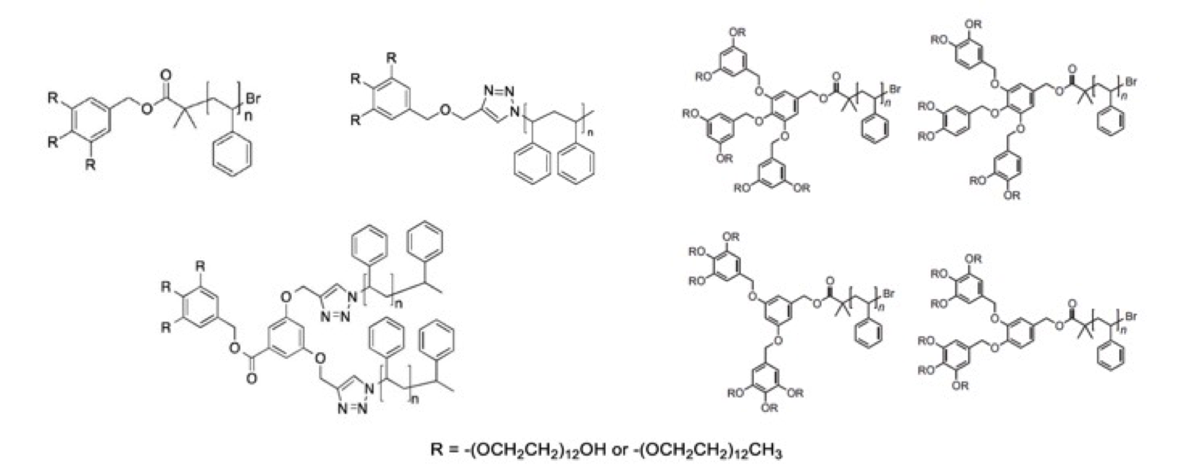
Construction of complex polymeric nanostructure
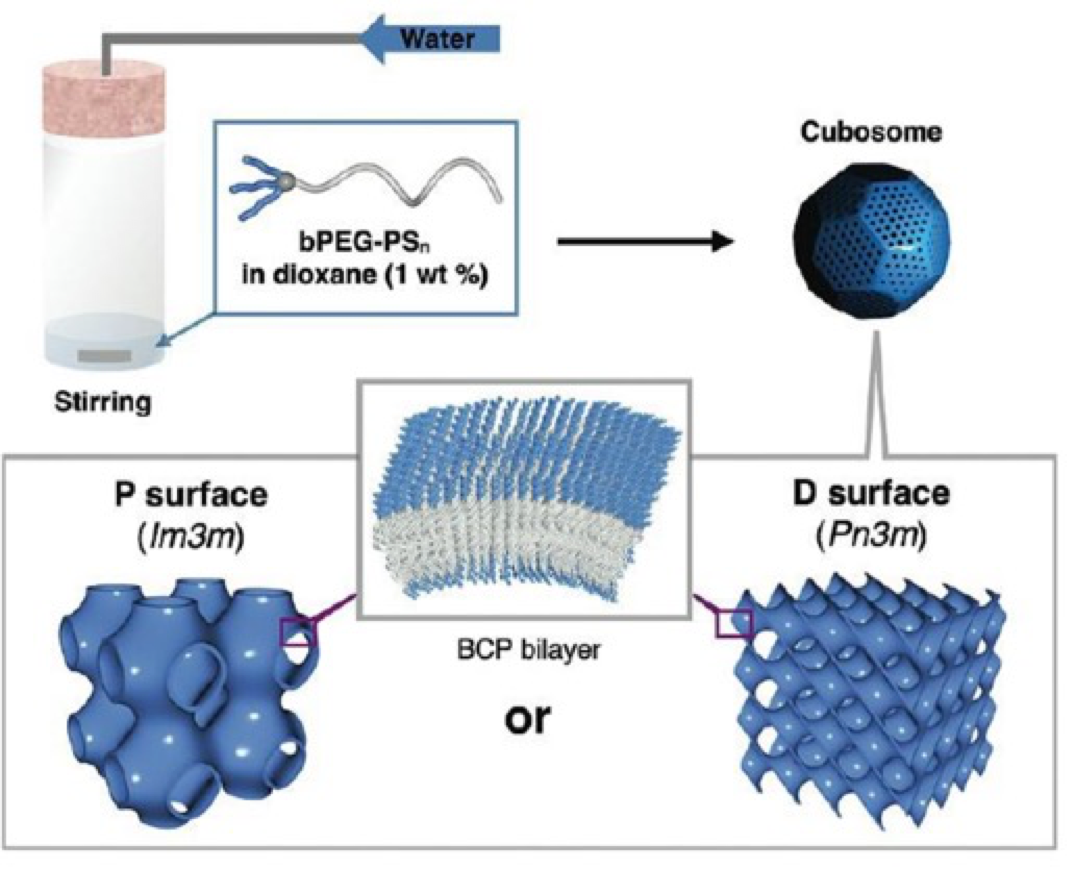
Self-assembly of the amphiphilic block copolymer

Complex nanostructure imaged with scanning electron microscopy and transmission electron microscopy

3D reconstructed TEM tomograms of cubosome. Notice only one of the internal double networks is open.
Cubosome-templated synthesis of photonics crystals
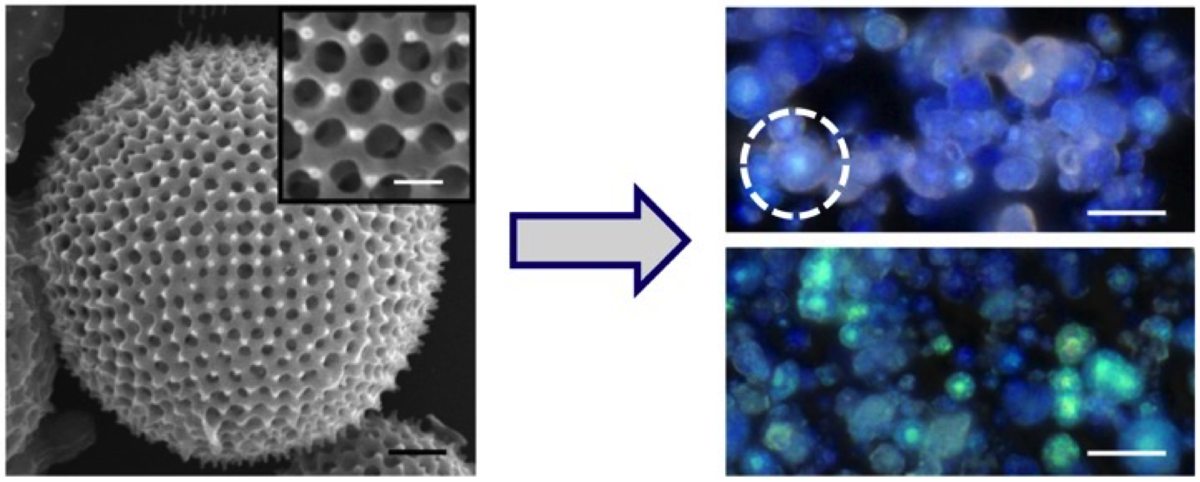
Cubic crystalline single networks of silica and titania displaying structural colors
Information-encoded polymers
Overcoming the randomness and dispersity
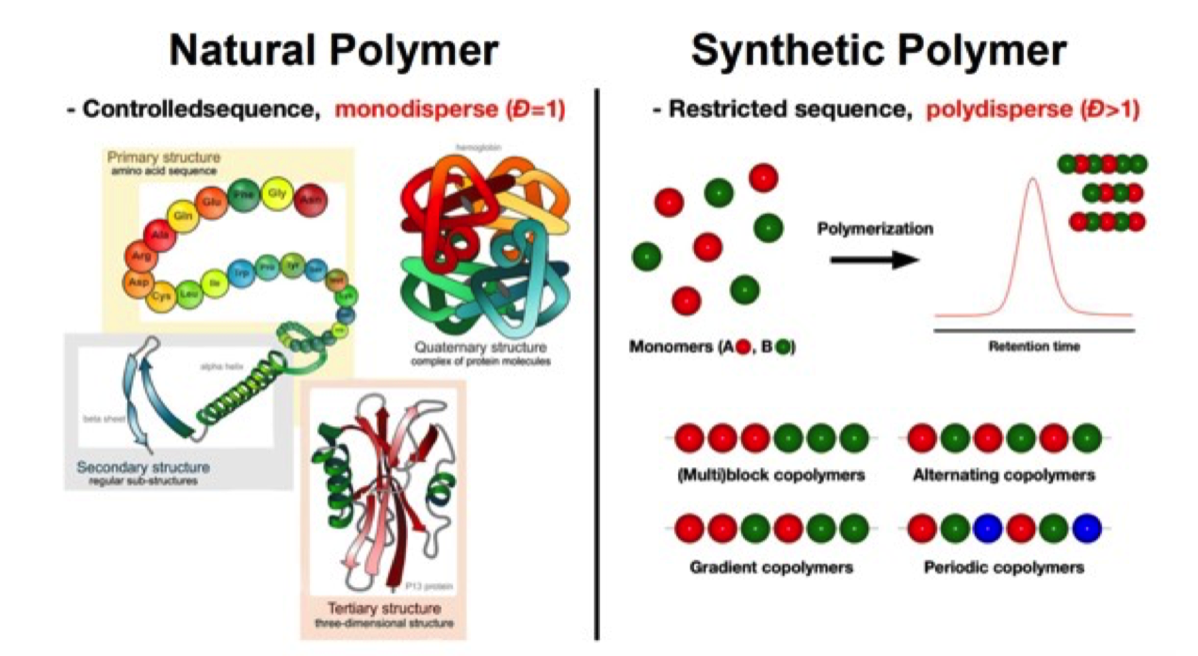
Synthesis of monodisperse poly(lactic acid) (PLA)

Synthesis scheme of monodisperse PLA (left) and their mass spectra showing the lack of dispersity (right)
Synthesis of sequence-encoded polymers
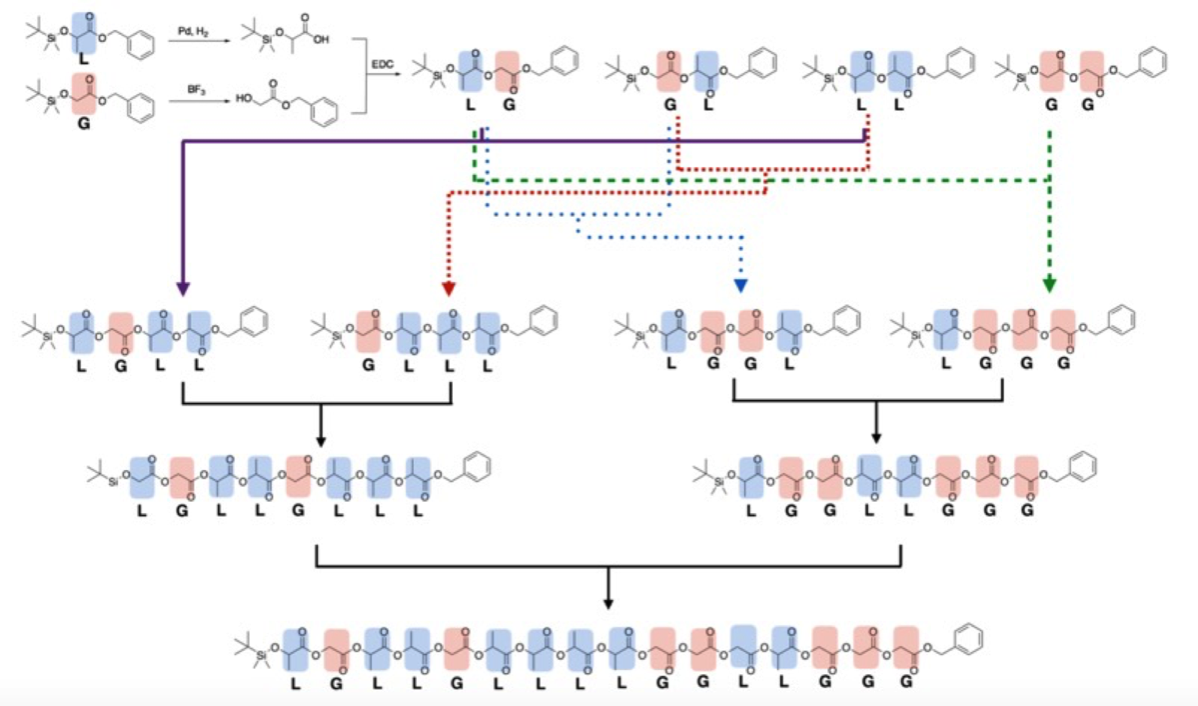
Synthesis scheme of monodisperse sequence-encoded polymer
08826 서울시 관악구 관악로 1 서울대학교 자연과학대학 화학부 503동 502호